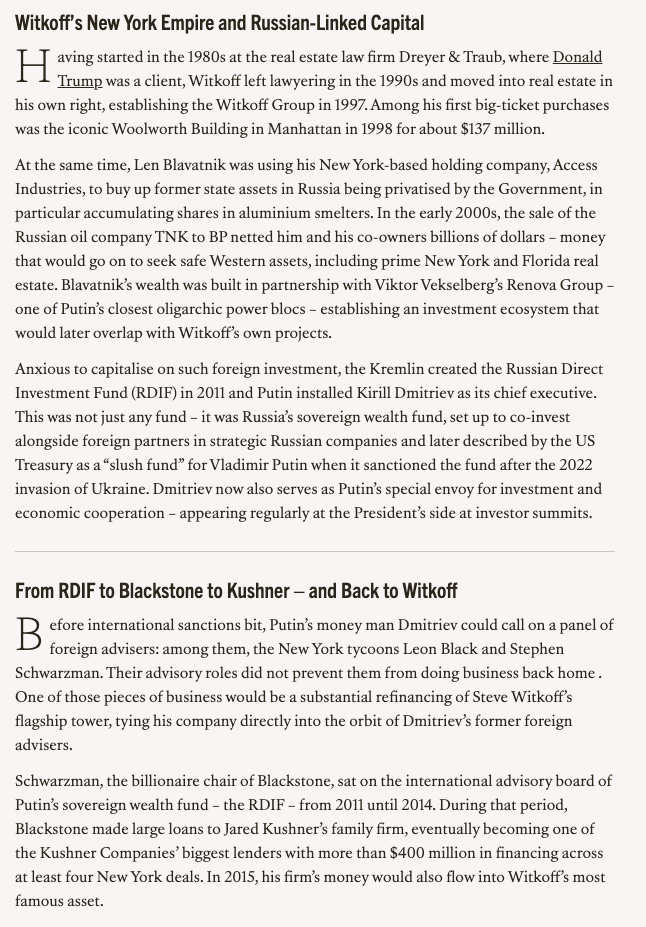In today’s Vatnik Soup, I’ll discuss how Estonia deals with the Russian threat. Estonia’s Internal Security Service (KAPO) published their 2023-2024 annual review some time ago, and it’s packed with insights on Russian hybrid operations in the region.
1/17
1/17

Estonia is at the frontlines against Russia’s hybrid war, and they’ve been targeted by the Kremlin for decades. Russia’s main goal remains the same: undermine Estonia’s constitutional order. To do this, they use intimidation, propaganda & cyber warfare to stir unrest.
2/17
2/17

Like in all Baltic countries, one of their major tools is the manipulation of ethnic Russians in Estonia. The Kremlin pushes propaganda to create divisions, but recent surveys show integration is improving. The Kremlin is losing its grip.
3/17
3/17

Russia has also been orchestrating hybrid attacks. These include fake bomb threats at Estonian schools, coordinated cyber attacks, misinformation campaigns on social media, and pressuring Russian citizens abroad to act in the Kremlin’s interests.
4/17
4/17

In 2023, Russian intelligence services conducted several hybrid operations at the Estonian border. They harassed Ukrainian refugees at checkpoints, filmed staged migrant crossings for propaganda, and used FSB agents to intimidate travelers.
5/17
5/17

Kremlin-backed Orthodox leader Metropolitan Eugene was expelled from Estonia in 2024. He was a key player in Russian influence operations, pushing Moscow’s agenda under the guise of religion. The Russian Orthodox Church has long been a tool…
6/17
6/17

…of the Kremlin’s disinformation campaigns. It plays a role in justifying Russia’s actions in Ukraine, spreading anti-Western narratives & fostering division in countries with Orthodox communities. Estonia has acted decisively to curb its influence.
7/17
7/17
https://x.com/P_Kallioniemi/status/1765407405393707148
Russian “comedians” Vovan and Lexus have made prank calls around Europe, impersonating as foreign officials and tricking Western leaders like Giorgia Meloni. They also tried to trick the former Estonian PM Kaja Kallas, but she didn’t fall for it.
8/17
8/17

Sanctioned Russian media, like Sputnik, still try to operate in Estonia. In 2024, KAPO arrested a person secretly working for Rossiya Segodnya, violating EU sanctions. The Kremlin understands how important it is to control the local media space.
9/17
9/17

Cybersecurity threats have surged. Russian and Iranian hackers have targeted Estonia’s critical infrastructure, focusing on water and heating systems. Meanwhile, Russian state-backed cybercriminals tried to sabotage aid to Ukraine.
10/17
10/17

But it's not only Russia conducting hybrid operations in Estonia - the CCP intelligence is targeting researchers, businesses, and government data, using economic influence and pressure tactics. A Chinese agent was recently sentenced to 8.5 years for spying in Estonia.
11/17
11/17

Russian intelligence is still using embassies around the world as spy hubs. Estonia has expelled 18 diplomats/spies since 1991. Moscow is desperately trying to rebuild its intelligence networks, but so far they’ve failed miserably.
12/17
12/17

Russians in Estonia face intense recruitment pressure from Moscow. The Kremlin calls for their loyalty & many are targeted for intelligence work.Recently, Estonian Aivo Peterson attempted to create an “anti-Estonian” movement & was arrested for that.
13/17
13/17
https://x.com/P_Kallioniemi/status/1875134034403271000
Estonia has been cracking down on risky behaviors that could pose security threats. This includes gambling debts and financial vulnerabilities, unreported income from cryptocurrencies, and drug use among security clearance applicants.
14/17
14/17

All of these factors make individuals potential targets for foreign recruiters, and Russia has used Telegram to recruit low-level criminals to do their bidding, encouraging them to sabotage aid to Ukraine, attack politicians and journalists, etc.
15/17
15/17

After the full-scale invasion of Ukraine in 2022, a lot has changed in Estonia. Russian intelligence operations have become more aggressive and even desperate. But Estonia is adapting fast, exposing and countering these threats before they can cause real harm.
16/17
16/17

To conclude, Estonia is one of the few countries that have been able to prepare for Russian hybrid attacks. The Kremlin will keep on provoking and attacking their Baltic neighbor, but so far Estonia has been able to resist and fight against all this extremely well.
17/17
17/17

You can now pre-order the 2nd edition of "Vatnik Soup — The Ultimate Guide to Russian Disinformation"! This updated version, featuring pre-order extras, will be released on the 15th of February 2025.
Pre-order your copy here:
kleart.eu/webshop/p/vatn…
Pre-order your copy here:
kleart.eu/webshop/p/vatn…
• • •
Missing some Tweet in this thread? You can try to
force a refresh





























